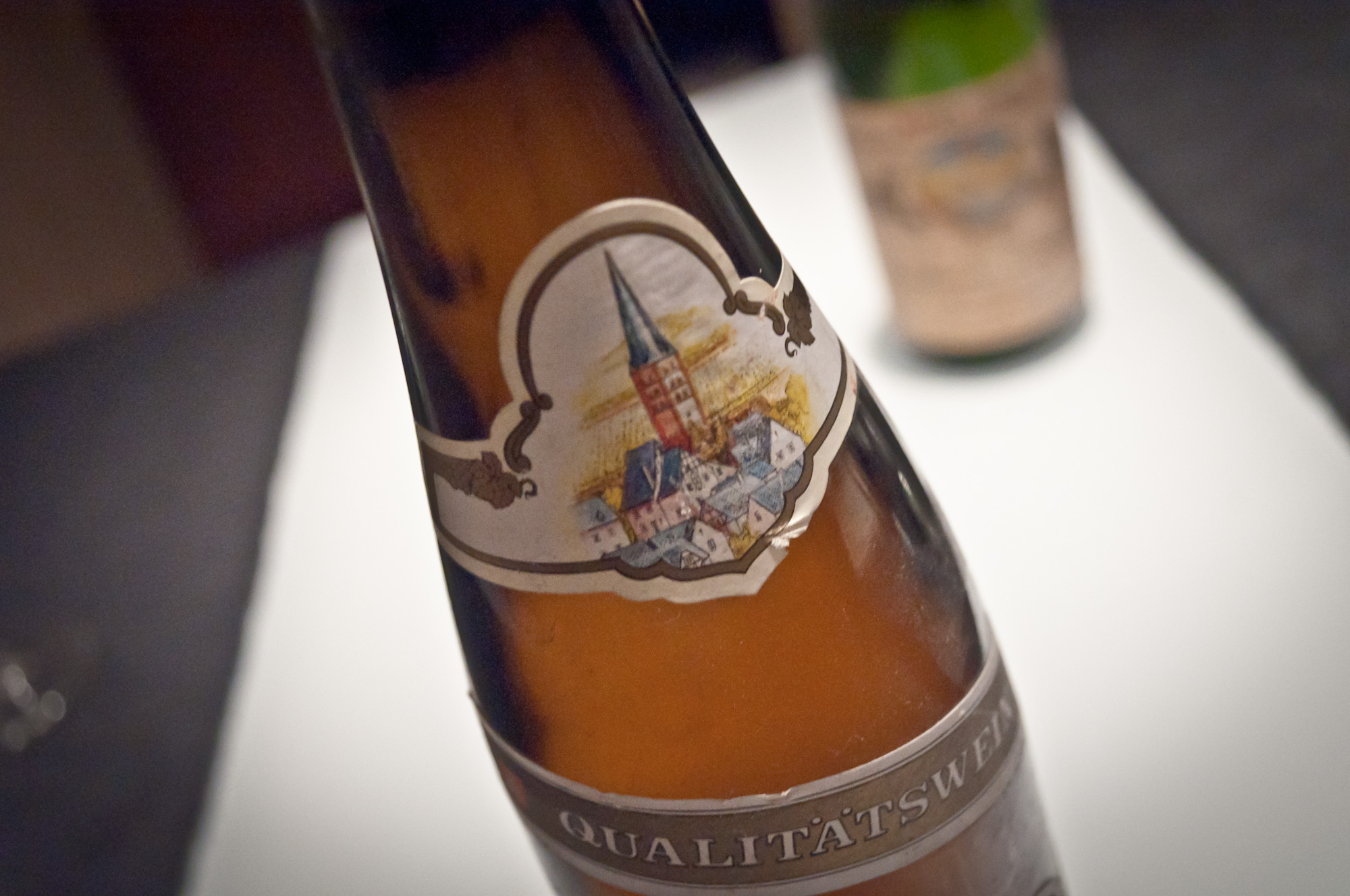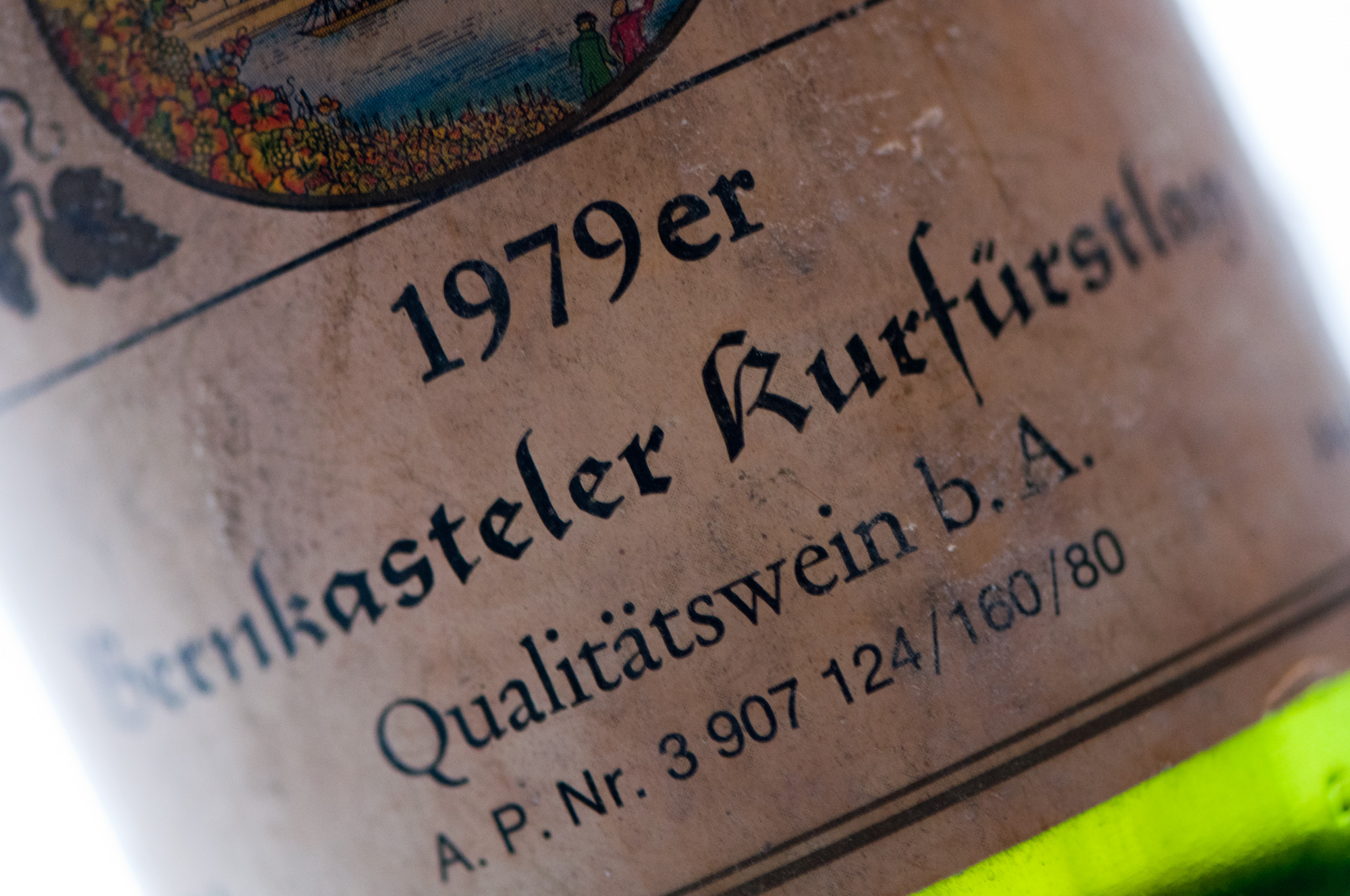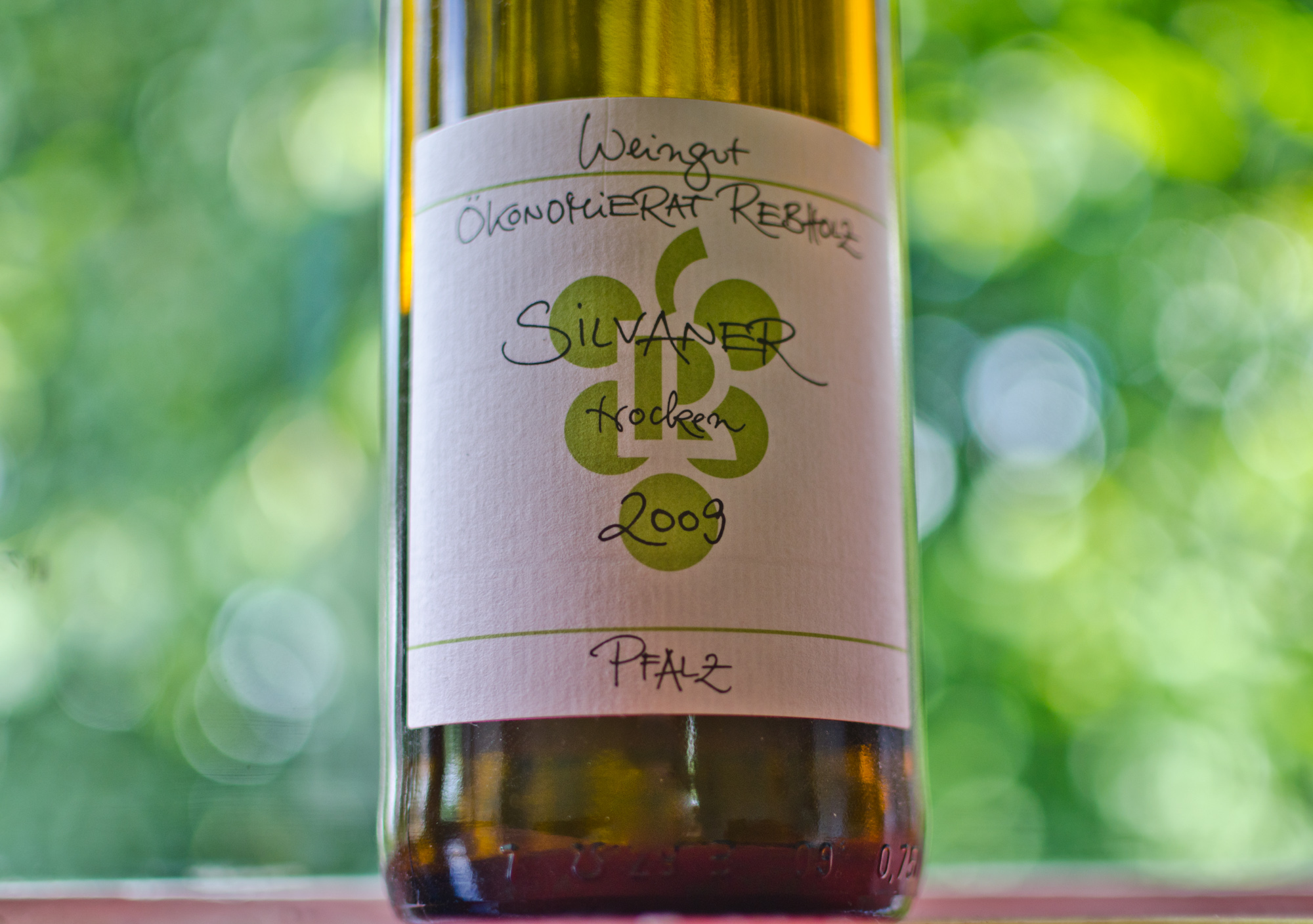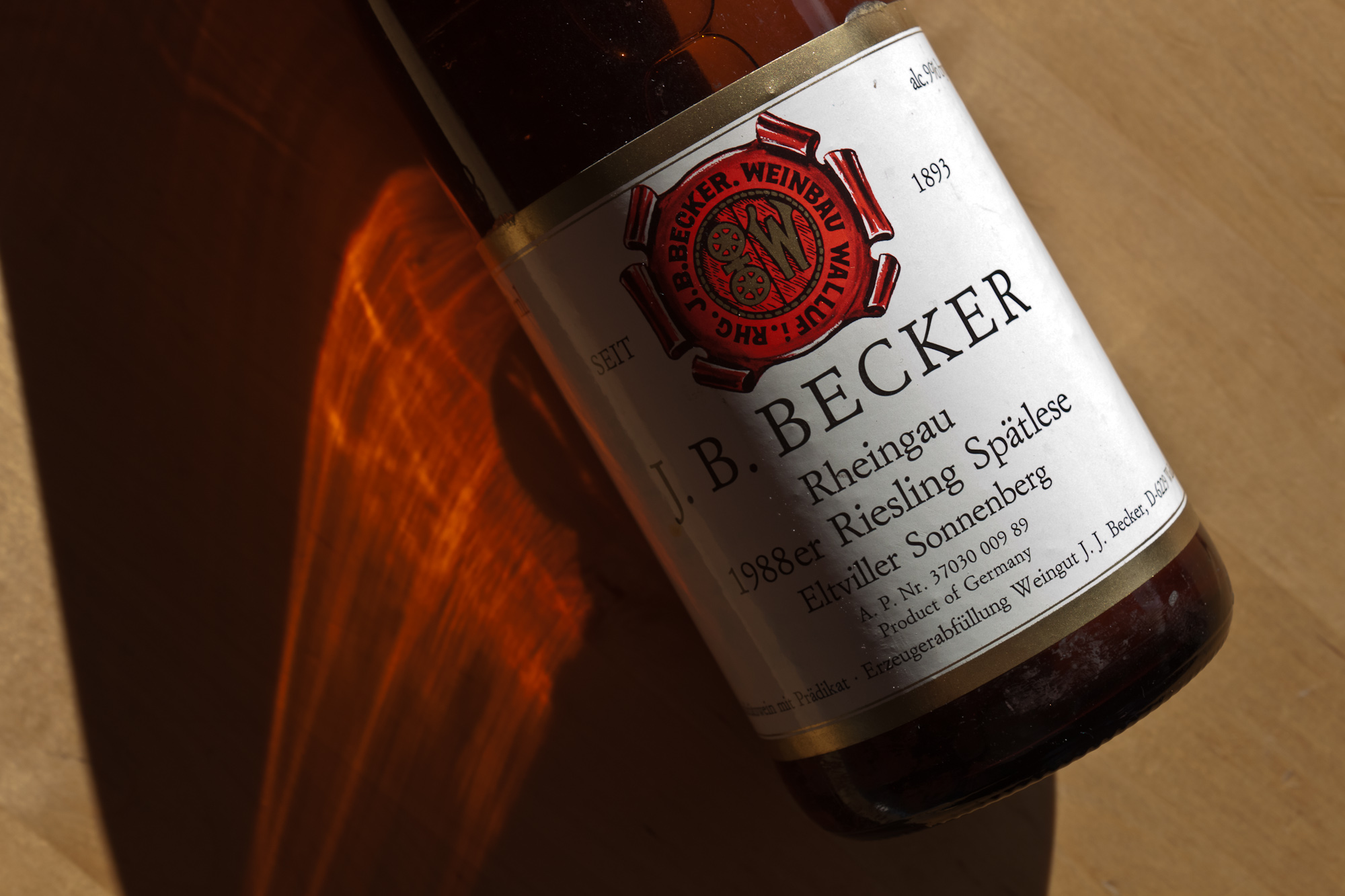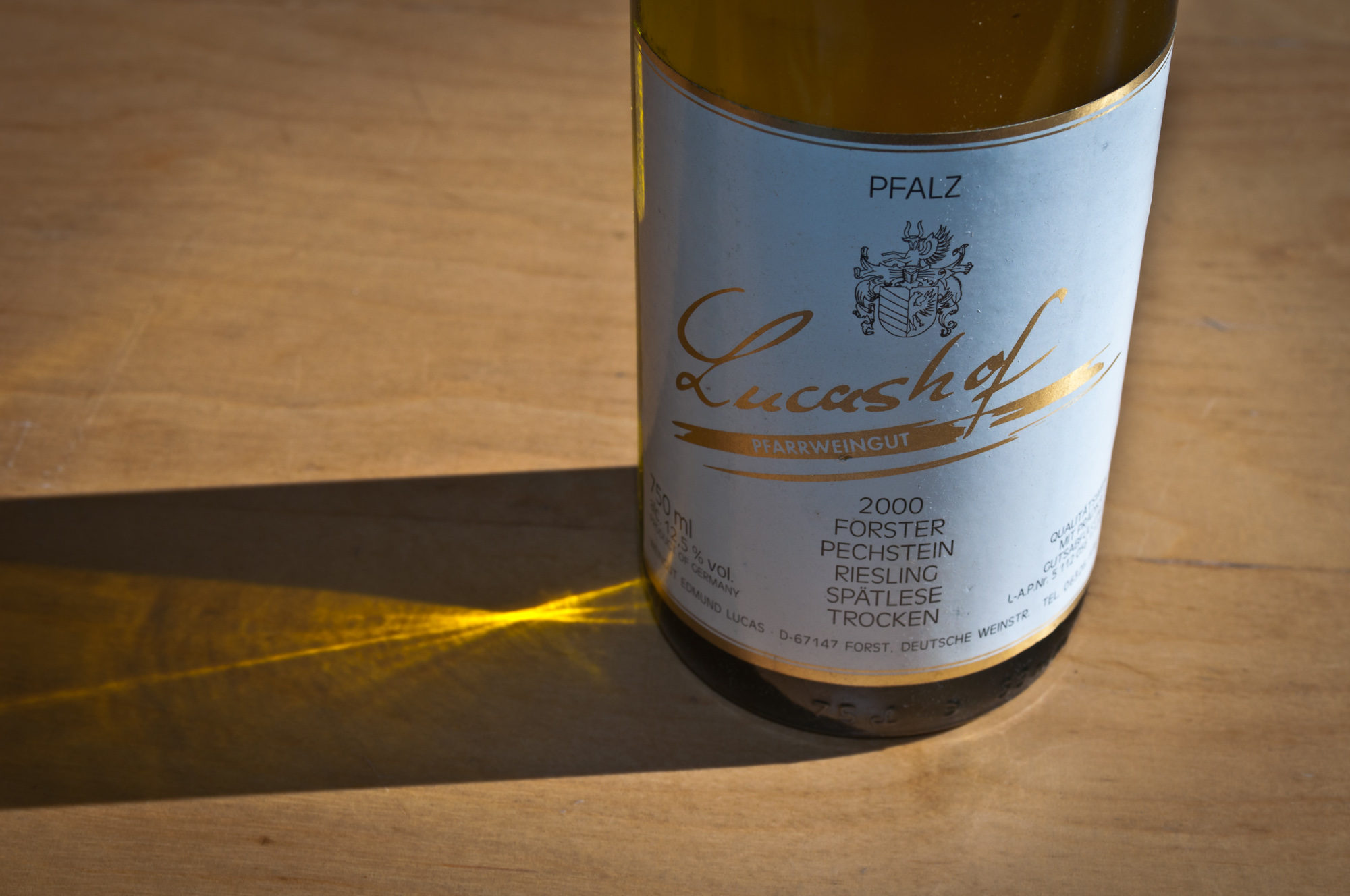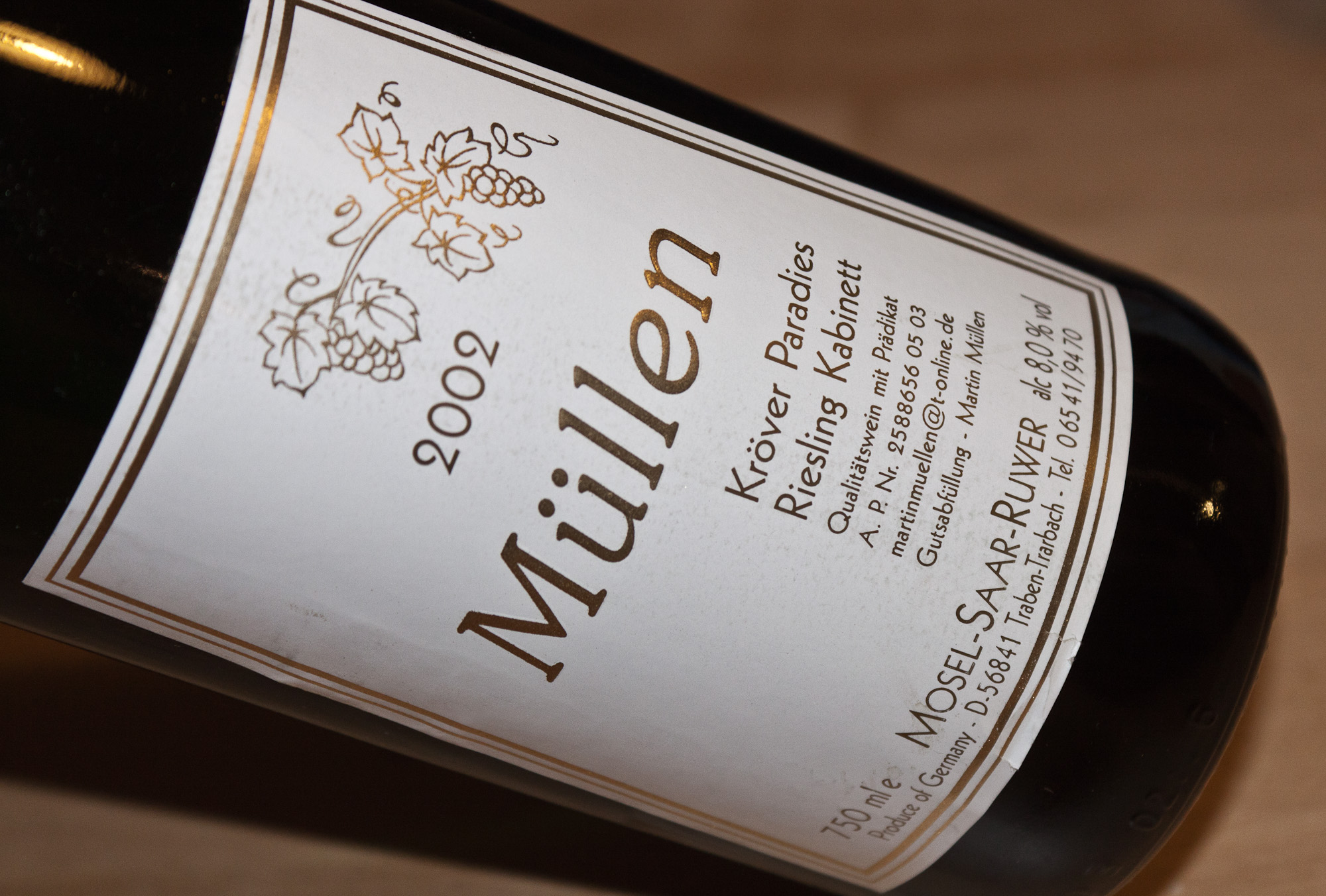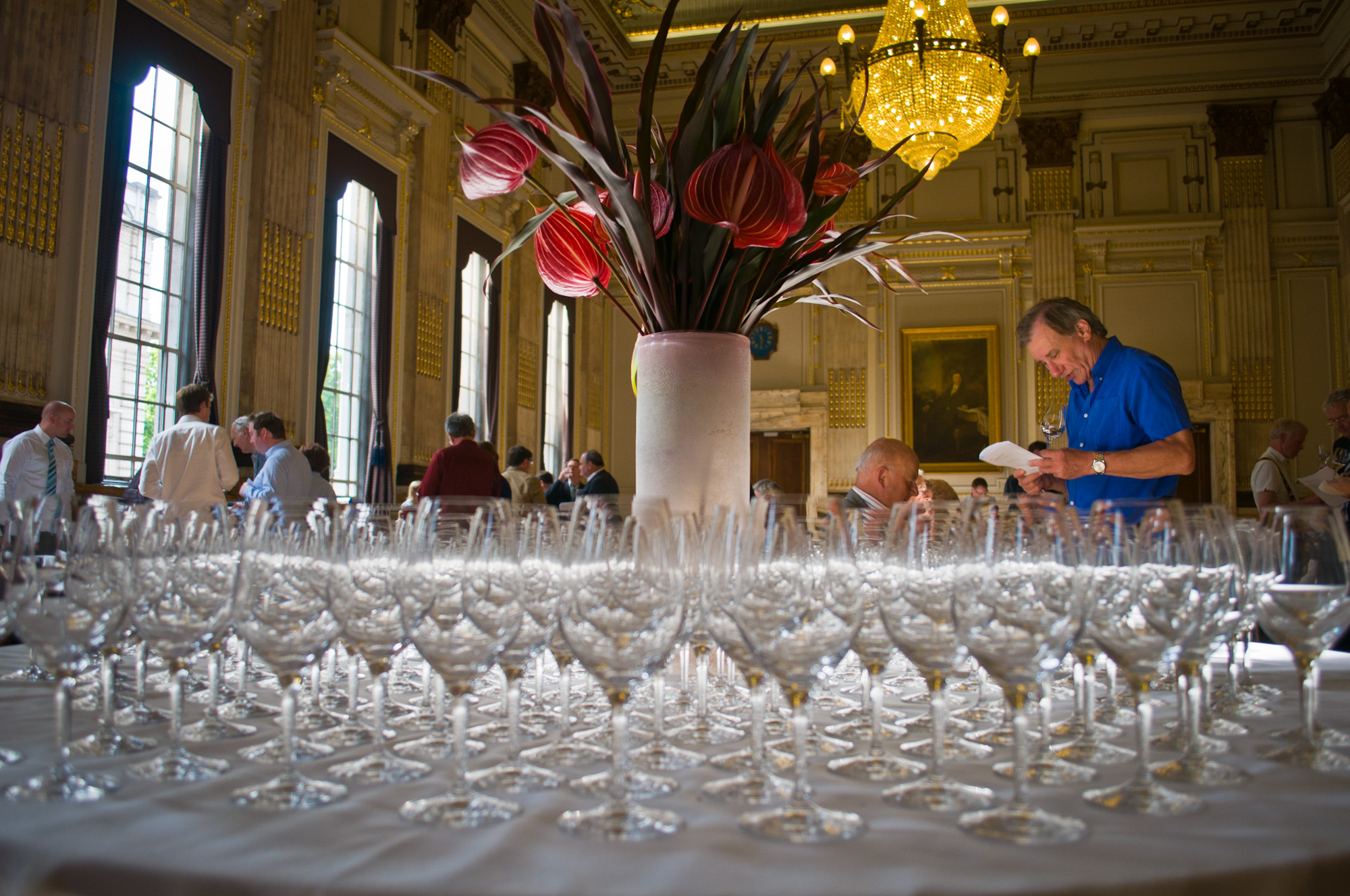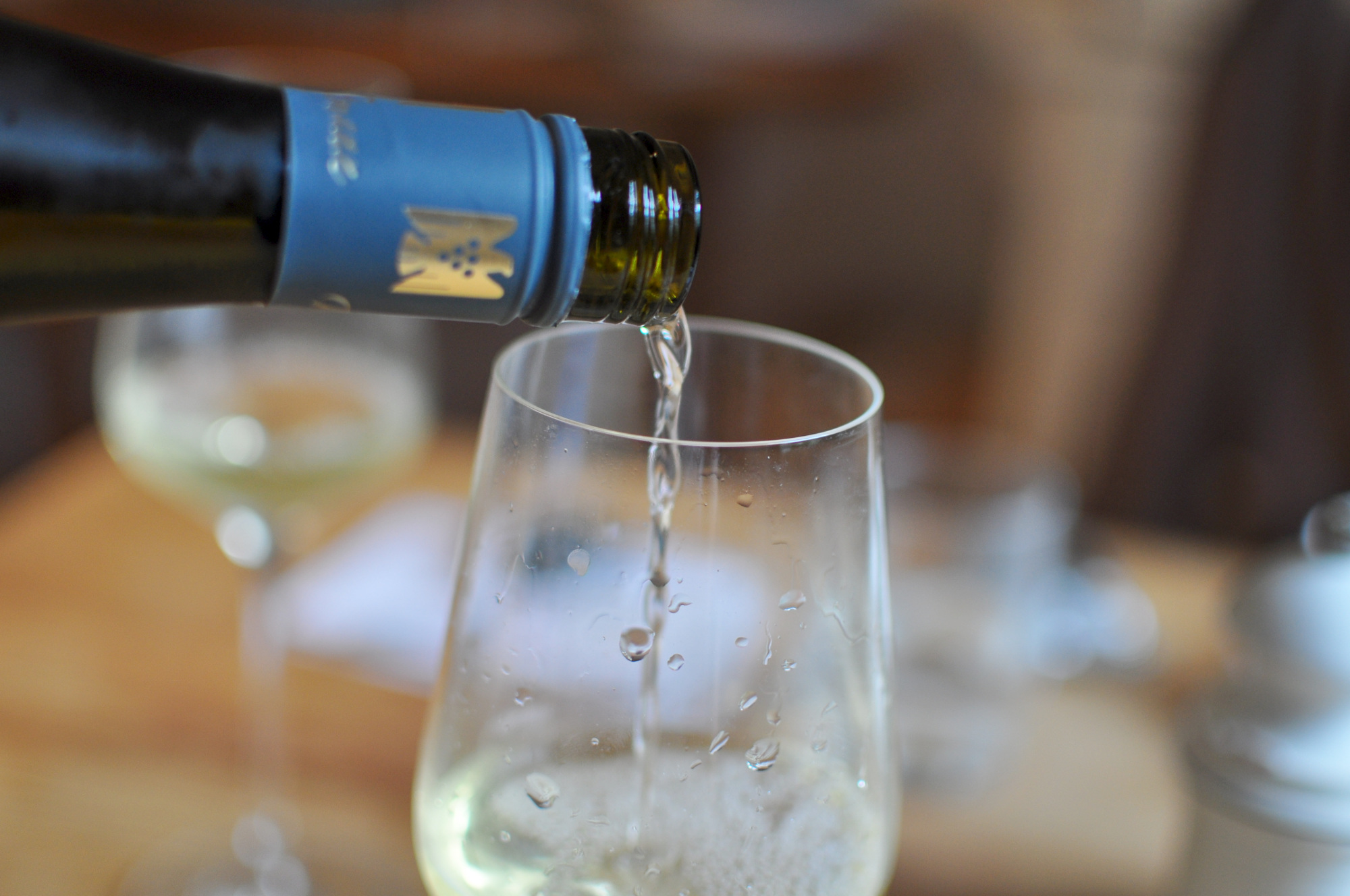Jean Stodden, Spätburgunder JS, 2008
You may not have heard about the Ahr. It is a small tributary of the Rhine; it is also a valley; and it is also a wine growing region. And a very unusual one too. Despite being located far north between 50th and 51st parallel, the Ahr is red wine country - way over 80% of all grapes grown here are red because of a favourable micro-climate. And one of the producers best know for Ahr red wine is Jean Stodden, "das Rotweingut" (the red wine winery).
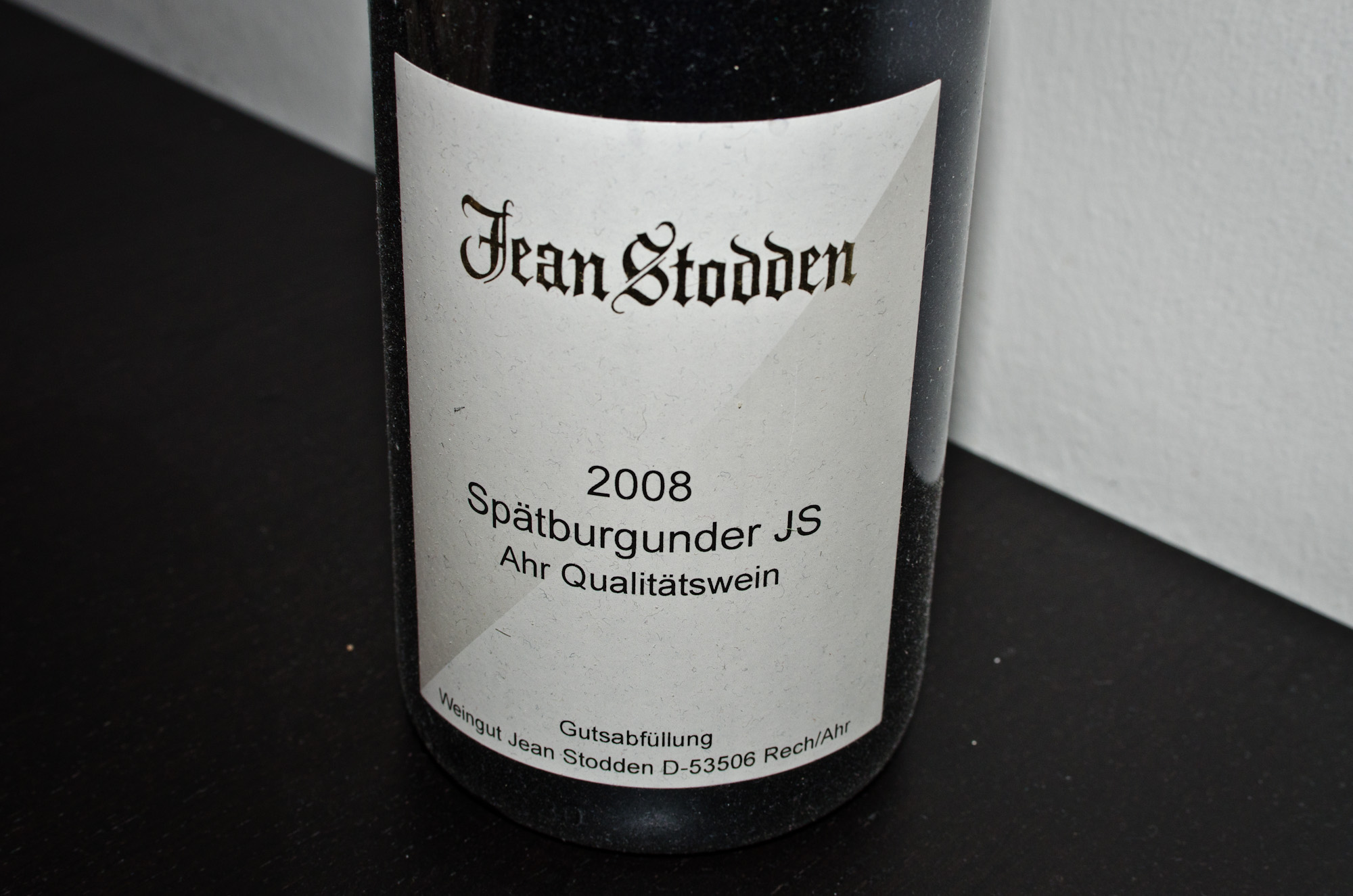
It is almost shocking that in over two years of wine rambling we don't seem to have featured a single Ahr wine, and to change that Stodden seemed the obvious choice.

